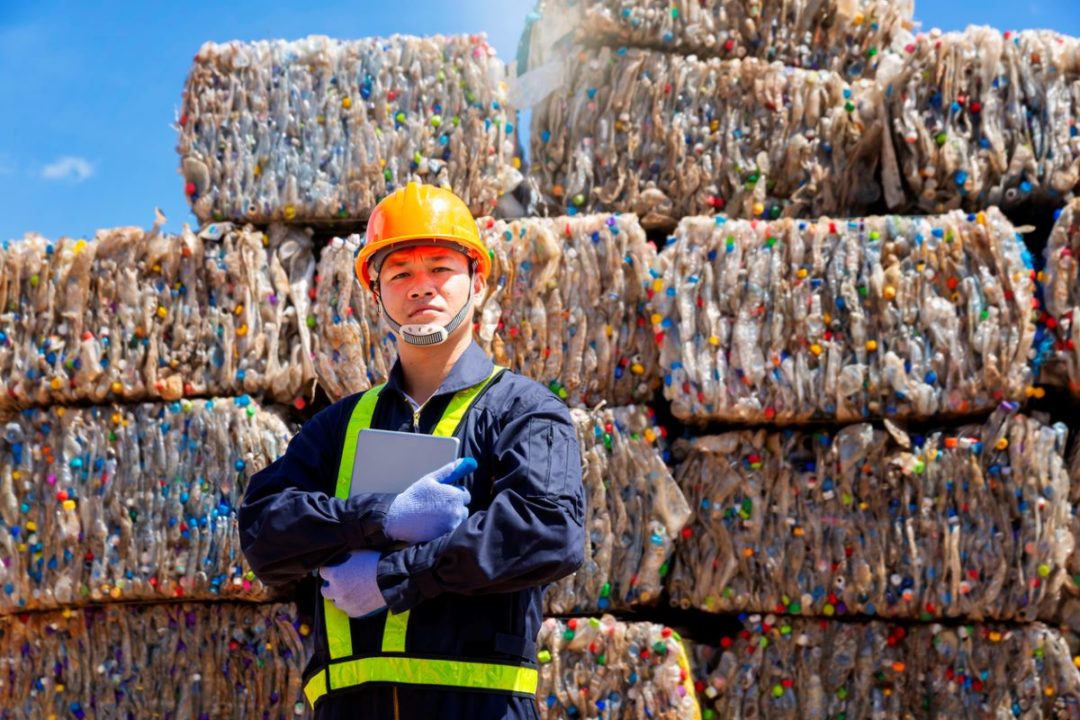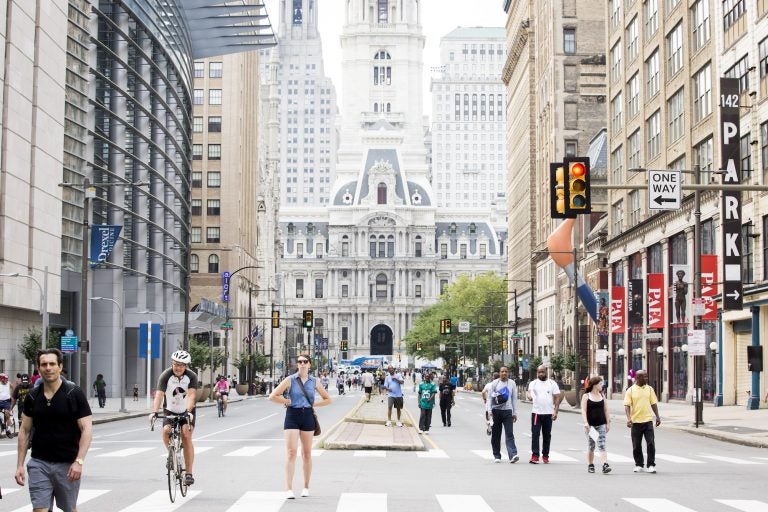Businesses must integrate recycled plastic into their supply chains. Many governments are introducing regulations to mandate its use in products and packaging, and consumers worldwide are demanding more sustainable options. This push has driven major businesses to adopt ambitious targets.
But not all recycled plastic is created equal. Challenges up and down the supply chain can mean inconsistency in quality, creating a mixed perception of the material which hinders widespread adoption. By raising the bar on quality across the industry, we can strengthen our recycled-plastic supply chains and drive better plastic choices for businesses everywhere.

In many cases, different types of plastics can be mixed during the recycling process, resulting in darker or cloudier hues compared to virgin plastic. While these visual differences do not compromise safety, they can create a psychological barrier for consumers who may perceive the material as inferior or unsafe. And they can be particularly problematic for transparent packaging, such as food containers, where clarity is a key factor in product presentation and consumer purchasing decisions.
Unfortunately, these quality concerns can feed a perception that a consistent, large-scale supply of high-quality recycled plastic for global markets is impossible. Yet these concerns can be addressed by building a deep knowledge of where our plastic has come from, and how it’s been collected and sorted. What’s needed is a traceable supply chain that goes beyond basic compliance to deliver recycled plastic that matches the clarity and quality of virgin material, at scale.
A multi-stage sorting process ensures that the final product is not only food-safe, but also visually appealing- reinforcing confidence everywhere. Contamination can further complicate supply chain reliability. Poor sorting at the collection stage can lead to recycled plastic being mixed with non-recyclable materials, labels, and even food residues.
Contamination affects the safety and usability of the final product, creating a perception that companies can’t rely on recycled materials as a viable substitute for virgin plastics. To avoid contamination, businesses must take an evidence-led approach, underscored by data-driven insights. They need to analyze recycled plastic to verify food-contact compliance, and maintain regular non-intentionally added substances (NIAS) testing to ensure consistent safety and quality.
It’s crucial to implement best-in-class supply chain processes to guarantee consistent product quality and minimize environmental impact. Addressing these issues requires more than just meeting existing regulatory requirements, it demands a fundamental shift in how we approach recycled plastic production. Stronger regulation can help drive change and make sure quality and safety are embedded at the core of every operation.
Following are some key areas for improvement: Enhanced sorting and collection infrastructure. Investment in better waste management systems is needed from governments and corporations, including more effective deposit return schemes and advanced sorting technologies. Improved infrastructure will reduce contamination, leading to higher-quality recycled materials entering the supply chain.
This doesn’t need to be done with hundreds of thousands of pounds — there are models requiring a fraction of this investment, while also strengthening infrastructure and creating jobs. Stronger regulatory standards. Current regulations vary widely across regions, leading to discrepancies in recycled plastic quality.
Governments must implement stricter, standardized guidelines for recycled content, ensuring that all materials meet high safety and quality benchmarks. Supply chain transparency and traceability. Businesses should adopt traceable supply chain models that allow for greater visibility into the sourcing, sorting and processing of recycled plastic — one that goes beyond basic compliance, and ensures that recycled plastic meets the highest clarity and safety standards.
Consumer education and engagement. Governments and businesses must work together to educate consumers about proper recycling practices. Simple actions like removing bottle caps and labels before disposal can significantly improve the quality of recycled plastic, reducing contamination at the source.
Industry-wide standards for recycling-friendly product design. Companies should design products with recycling in mind, ensuring that packaging materials can be easily separated and processed. Governments can support this by setting clear eco-design regulations and incentives for sustainable packaging solutions.
Lasting change requires collective action. Policymakers must step up and establish stronger regulations to create a level playing field for businesses striving to adopt sustainable practices, and in the meantime, responsible businesses should be getting ahead of regulation by opting for better plastic choices. The future of recycled plastic relies on closing the gaps in quality and consistency, with governments and businesses alike playing a role in enforcing higher standards, ensuring that recycled materials meet safety, aesthetic, and performance expectations.
By strengthening regulations and investing in infrastructure, we can create a more reliable recycled plastic supply chain, benefitting businesses, consumers and the environment. Raffi Schieir is director of Prevented Ocean Plastic ..
Top

Integrating Recycled Plastics Into Global Supply Chains

By raising the bar on quality across the industry, we can strengthen our recycled-plastic supply chains and drive better plastic choices for businesses everywhere.











